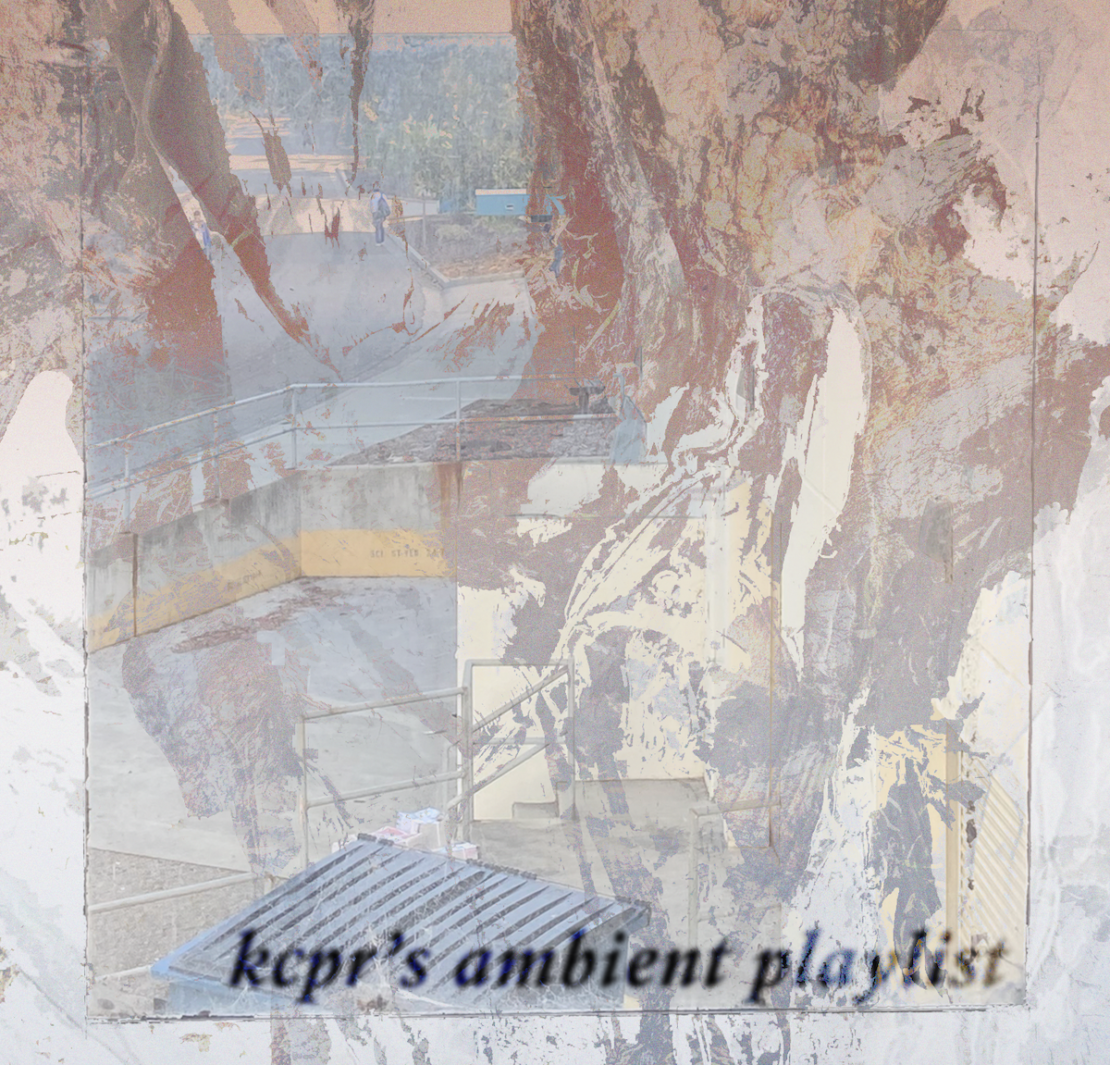Many would argue that the most important elements of music are rhythm and melody, but what happens when a musician decides to place emphasis on the tone and mood instead? The genre of “ambient music” fills this niche. Ambient music is characterized by a lack of structure: there are usually no riffs, choruses or even a beat. Instead, artists are intentional about making unique and specific sounds to create an atmosphere. Emotional words like “uneasy,” “sad” or “ethereal” are often used to describe ambient songs rather than musical terms.
Ambient music is difficult to define as a genre, as its song are not required to conform to stylistic parameters. However, there are some components that are common in the genre. Classic ambient albums are long and cohesive: songs vary from 10 minutes to an hour in length and transitions between songs are smooth. Songs tend to use few instruments and lack vocals. Unlike other genres, ambient music is not recorded live in studio, but rather in post-production where small bits are spliced together. A trend among ambient artists is to use tape recorders to loop elements of a song at random intervals. The nature of its creation makes most musicians work alone rather than in a band.
Ambient music seeks to create an environment (or ambiance, as the name suggests) and envelop the listener in it. Ambient music aims to experiment: because the genre has so few requirements, it leaves room for artists to push the boundaries of music. While some ambient tracks might seem more like sounds than an actual song, other ambient music includes a repetitive beat for the entire song, like Aphex Twin’s “Ptolemy.”
Ambient music dates back to the 1800s with composers Erik Satie and Claude Debussy, but it did not stand as its own genre until artist Brian Eno defined and popularized it in the late 1970s, according to Holr Magazine. While waiting for a flight in Cologne, Germany, Eno was inspired to create a soundscape to accompany the feeling of being in an airport, according to Smithsonian Magazine. Thus, the seminal “Music for Airports” was born. As Eno wrote in a liner note of the album, his goal was to create something “as ignorable as it is interesting.”
Consisting of disparate piano notes and wordless vocals, “Music for Airports” was recorded using several tape machines that played the notes at different rates, Eno explained at the 1996 Imagination Conference. Later ambient artists expanded upon the tape machine method, such as William Basinski in “Disintegration Loops,” a recording of tapes played over and over as they physically withered away. In the 1990s, ambient music took on another dimension when it was merged with electronic music. Synthesizers and drum machines were added to the mix, as heard in the album “Chill Out” by The KLF, who spearheaded the offshoot genre “ambient house.”
The ambient genre is perpetuated today in movie soundtracks, meditation music and even as the soundscape for the virtual engine sound systems of electric cars. Check out this playlist displaying a variety of ambient songs:


